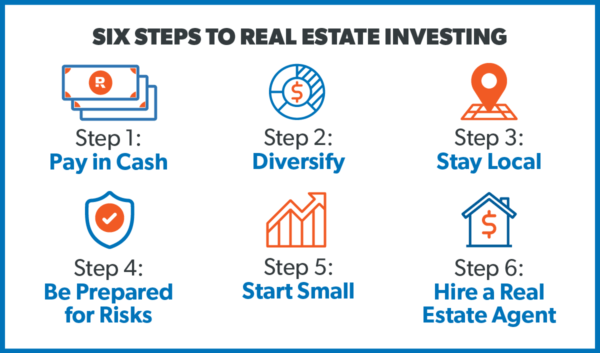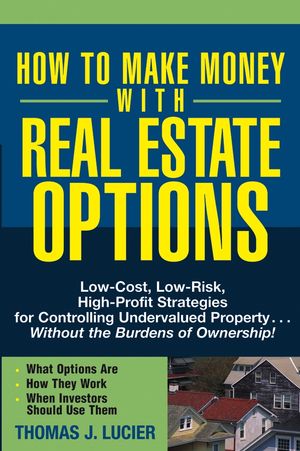Let's get going. Considering that various homes serve various business functions, they are separated into four major categories: Multi-family describes properties with numerous systems, typically described as houses, all within one structure. An excellent example of a multi-family home is an apartment or condo structure. You may be believing, "But aren't apartment property?" The response is yes, however only if they have less than 5 systems. Any buildings with 5 or more systems are thought about commercial residential or commercial property. This is because, for the most part, the owner of the structure bought it primarily to generate earnings from the rental units, not to reside in it.
Regardless of the shuffling of renters, the success of a large apartment is rarely ever impacted by having a couple of vacant systems. For this reason, this type of residential or commercial property is considered among the much safer options for financiers. Office complex are equipped to provide renters with area for cubicles, meeting room, a reception location, etc. Most business do not desire to move their entire labor force around often, which is why it's common for workplace leases to be long-lasting. In general, office complex are classified into three various groups:: These structures are the highest quality office around. They typically have high ceilings, elegant lobbies, quality management and substantial features such as an in-office gym or roof.

These homes will have the most pricey rental fees.: Structures that are in this class are your typical office structures. While they might not have Visit the website elaborate features, they're still practical facilities with professional management. These types of structures are typically located in the residential areas and are older than the Class A buildings.: This is the most affordable tier of office. These buildings are generally 20+ years and of the least expensive quality in terms of infrastructure. A lot of Class C buildings are located in unwanted areas and most likely require some degree of repair or renovation. The category tiers were made basic by the Structure Owners and Managers Association (BOMA) to motivate reporting of office conditions and comparison between structures.
These standards are subjective and mostly reliant on the local market. A Class B structure could be thought about a Class A structure in a different area. The retail category includes anything varying from a community strip shopping mall to large shopping and entertainment centers. Typically, retail space is more costly per square foot than office is. That's because organizations aiming to buy or lease this kind of residential or commercial property are primarily focused on foot traffic. Similar to office complex, most commercial retail leases are long-term and could range anywhere from 5 to ten years. A lot of retail properties will have one or several "anchor tenants" which are big name brand names that have the largest space on the lot.
The industrial sector of industrial property includes structures such as storage facilities and other kinds of manufacturing or distribution centers. They are commonly situated outside of residential or metropolitan areas, and inhabited by a single renter. Because the primary function of these buildings is industrial, there are normally zoning policies that should be followed. While there isn't technically a fifth classification, there are other homes that fall under the industrial umbrella that do not fit into any of the sectors we have actually currently covered. This includes residential or commercial properties like hotels, healthcare facilities, nursing homes and self-storage structures which are all for-profit facilities and therefore, industrial.
domestic realty. Agents are still required to take classes and pass a licensing examination in the state they live and operate in. After making their license, the majority of agents will begin their professions in property prior to proceeding to the business sector. Similar to property agents, professionals operating in business realty spend the majority of their time dealing with their customers. The big difference is that the customers are going to be investors or organizations, rather of people or households. There will be agents who work entirely for businesses to assist them find an area to lease, and there will be representatives that work exclusively with financiers who are seeking to buy.
The Only Guide for What Is Blockbusting In Real Estate
If you're looking more insight into the working lives of agents and the genuine estate industry as a whole, check out this list of 60 relevant industry stats to know in 2019. The business sector isn't exactly what comes to mind when the majority of people consider property. That being said, the industrial market is constantly changing and has prospective to be really financially rewarding for representatives who select to go this path.
While it is indeed a broad term, to put it just, business genuine estate is every home short of a single-family domestic home. If it's not a single-family detached property house, condominium, or town-home you can position a winner on the fact Great post to read that it's commercial. In contrast to property, business real-estate is likewise typically significantly larger areas than domestic, in addition to a larger variety of properties that fall under the industrial umbrella. Numerous that live in an apartment building error their address for one that's property, which could not be further from the fact. The general commercial genuine estate umbrella consists of however is not restricted to homes, land, retail properties, churches, amusement park, schools, marinas, self-storage centers, government real-estate, industrial residential or commercial properties, and office.
Industrial property is any home owned to produce earnings, consisting of workplace, industrial, retail, mixed-use, medical office, entertainment and educational centers, but not property real estate. It also includes uninhabited land that will eventually be rented or developed. Check out the NAIOP Terms and Meanings Glossary for detailed descriptions of home types, advancement terms, building material definitions, lease and transaction terms and more.
Industrial real estate is a primary kind of property that involves properties utilized for commerce purposes. How to get a real estate license in ohio. An industrial residential or commercial property is any building or land that you use with the intent of making an earnings, either through rental income or through capital acquired from an organization that makes usage of stated home. The six most typical classifications of business residential or commercial property are: Office complex, consisting of single-occupancy buildings and expert office complex Commercial realty, including light storage, warehousing, research, manufacturing, assembly, production, and distribution (* Structures that fulfill workplace requirements of tangible goods production might also be thought about industrial genuine estate.) Retail/ dining establishment Multifamily, an apartment or condo complex or hi-rise that generates rental income Land, including undeveloped investment properties timeshare by owner Miscellaneous, including products not covered by the classifications above, i.
